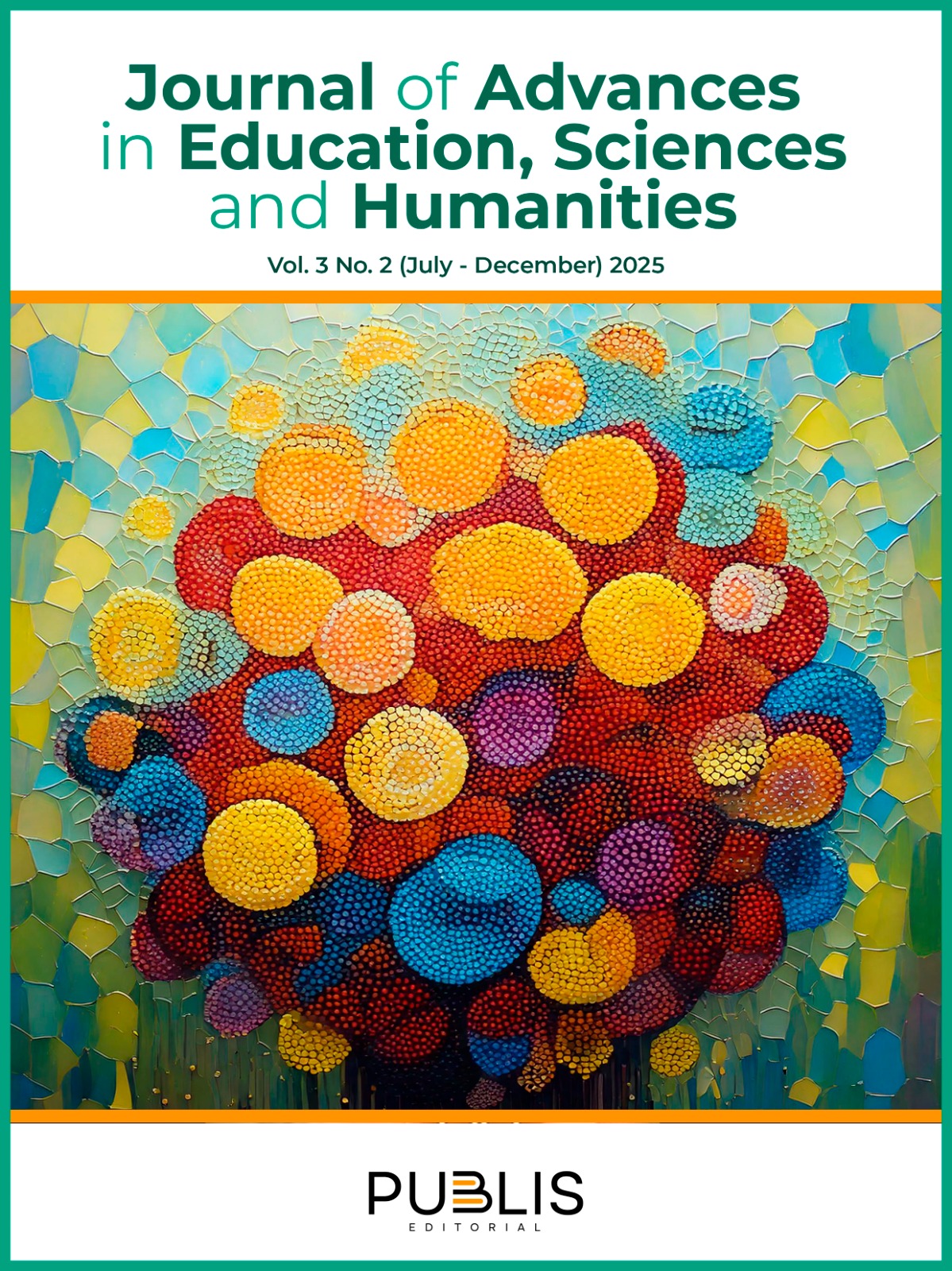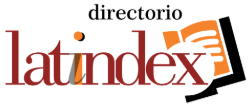Social perception of La Rotonda Park in Portoviejo, Ecuador
DOI:
https://doi.org/10.5281/zenodo.16665012Keywords:
social perception, urban resilience, public spaces, social cohesion, post-disaster planningAbstract
This study examined the social perception of La Rotonda Park in Portoviejo, Ecuador, which is recognized as a symbol of resilience following the 2016 earthquake. Opened in 2017, the park has played a vital role in urban and community revitalization. The objective was to assess how the community perceives inclusion, safety, facility quality, identity, and social cohesion associated with the park. A mixed-methods approach was employed, combining surveys from 250 users with 15 semi-structured interviews conducted with key informants. Results revealed highly positive perceptions of identity and belonging (M = 4.38), social inclusion (M = 4.25), and facility quality (M = 4.12). In contrast, safety scored lower (M = 3.65), particularly among older adults and infrequent visitors. Interviews highlighted the park’s symbolic value as an intergenerational gathering space and emotional recovery site following a disaster, but also pointed to challenges in nighttime safety and maintenance. The study concludes that La Rotonda Park serves as a model for inclusive and resilient urban planning, whose long-term value depends on sustained and participatory management.
Downloads
References
Ahirrao, P., & Khan, S. (2021). Assessing Public Open Spaces: A Case of City Nagpur, India. Sustainability, 13(9), 4997. https://doi.org/10.3390/su13094997
Banco Mundial. (2021). A cinco años del terremoto, Ecuador sigue trabajando en su resiliencia frente a desastres. https://www.bancomundial.org/es/news/feature/2021/04/27/a-cinco-a-os-del-terremoto-ecuador-sigue-trabajando-en-su-resiliencia-frente-a-desastres
BBC News Mundo. (2016). Terremoto de magnitud 7,8 en la zona costera de Ecuador deja más de 600 muertos. https://www.bbc.com/mundo/noticias/2016/04/160416_ecuador_terremoto_magnitud_colombia_peru_bm
Escalera-Reyes, J. (2020). Place Attachment, Feeling of Belonging and Collective Identity in Socio-Ecological Systems: Study Case of Pegalajar (Andalusia-Spain). Sustainability, 12(8), 3388. https://doi.org/10.3390/su12083388
Farzaneh Karegar, F., Pettersson, J. S., & Fischer-Hübner, S. (2020). The Dilemma of User Engagement in Privacy Notices: Effects of Interaction Modes and Habituation on User Attention. ACM Transactions on Privacy and Security (TOPS), 23(1), Article 5, 1–38. https://doi.org/10.1145/3372296
Fonseca, J. M. F. (2014). La importancia y la apropiación de los espacios públicos en las ciudades. https://www.redalyc.org/articulo.oa?id=499051556003
Guan, S., & Wang, J. (2023). Research on the Optimal Design of Community Public Space from the Perspective of Social Capital. Sustainability, 15(12), 9767. https://doi.org/10.3390/su15129767
Halawani, R. (2024). The Effects of Public Spaces on People’s Experiences and Satisfaction in Taif City: A Cross-Sectional Study. Land, 13(9), 1529. https://doi.org/10.3390/land13091529
Lai, Y., Wang, P., & Wen, K. (2024). Exploring the Impact of Public Spaces on Social Cohesion in Resettlement Communities from the Perspective of Experiential Value: A Case Study of Fuzhou, China. Buildings, 14(10), 3141. https://doi.org/10.3390/buildings14103141
Mejía, G., & Gomez, R. (2015). La percepción social en los parques urbanos de la ciudad de Tepic, Nayarit, México. http://tecnocientifica.com.mx/volumenes/V7N8A5.pdf
Ministerio de Turismo del Ecuador. (2024). De Portoviejo para el mundo «Parque La Rotonda» – Escuela de Educación Básica 18 de Octubre – Ministerio de Turismo. https://www.turismo.gob.ec/de-portoviejo-para-el-mundo-parque-la-rotonda-escuela-de-educacion-basica-18-de-octubre/
Nazaruddin, M. (2025). Place and space tensions in post-disaster landscapes. Progress in Disaster Science, 26, 100432. https://doi.org/10.1016/j.pdisas.2025.100432
Nietzen Rodriguez, O. F. (2018). Recuperación post-desastre, un reto para alcanzar el desarrollo sostenible: Estudio de caso del área de desarrollo rural de La Mojana. https://ridum.umanizales.edu.co/handle/20.500.12746/3259
Páramo, P. (2010). Aprendizaje situado: Creación y modificación de prácticas sociales en el espacio público urbano. Psicologia & Sociedade, 22, 130–138. https://doi.org/10.1590/S0102-71822010000100016
Pérez, E. (2004). La percepción del espacio público. Bitácora Urbano Territorial, 8(1), Article 1. https://www.redalyc.org/articulo.oa?id=74800804
Qi, J., Mazumdar, S., & Vasconcelos, A. C. (2024). Understanding the Relationship between Urban Public Space and Social Cohesion: A Systematic Review. International Journal of Community Well-Being, 7, 155–212. https://doi.org/10.1007/s42413-024-00204-5
Reid, I. D., Appleby-Arnold, S., Brockdorff, N., Jakovljev, I., & Zdravković, S. (2020). Developing a model of perceptions of security and insecurity in the context of crime. Psychiatry, Psychology and Law, 27(4), 620–636. https://doi.org/10.1080/13218719.2020.1742235
Rivera, E., Veitch, J., Loh, V. H. Y., Salmon, J., Cerin, E., Mavoa, S., Villanueva, K., & Timperio, A. (2022). Outdoor public recreation spaces and social connectedness among adolescents. BMC Public Health, 22, 165. https://doi.org/10.1186/s12889-022-12558-6
Sadra, Y., & Rezvani, M. (2019). Sociological Explanation of Fear of Crime in Public Spaces Case Study Mashhad. Sociology and Criminology-Open Access, 7(1). https://doi.org/10.35248/2375-4435.19.7.202
Segovia, O., & Jordán, R. (2005). Espacios públicos urbanos, pobreza y construcción social. https://repositorio.cepal.org/entities/publication/fbaa3067-e396-4c7f-9fdf-5e77c58a2a47
Tumini, I., Arriagada Sickinger, C., & Baeriswyl Rada, S. (2017). Modelo para la integración de la Resiliencia y la Sostenibilidad en la Planificación Urbana. Universidad de Sevilla. Escuela Técnica Superior de Arquitectura. http://hdl.handle.net/11441/59268
Valera-Pertegas, S., & Guàrdia-Olmos, J. (2017). Vulnerability and perceived insecurity in the public spaces of Barcelona / Vulnerabilidad y percepción de inseguridad en el espacio público de la ciudad de Barcelona. PsyEcology, 8(2), 177–204. https://doi.org/10.1080/21711976.2017.1304880
Vidal-Domper, N., Herrero-Olarte, S., Ramos, G., & Benages-Albert, M. (2025). “Eyes on the Street” as a Conditioning Factor for Street Safety Comprehension: Quito as a Case Study. Buildings, 15(15), 2590. https://doi.org/10.3390/buildings15152590
Villagra, P. A., & Felsenhardt, S. C. (2015). El paisaje urbano de emergencia en Valdivia, Chile: Contribuciones a la planificación y diseño urbano post-desastre para la restauración. Revista INVI, 30(83), 19-76. http://dx.doi.org/10.4067/S0718-83582015000100002
Whear, R., Campbell, F., Rogers, M., Sutton, A., Robinson-Carter, E., Sharpe, R., Cohen, S., Fergy, R., Garside, R., Kneale, D., Melendez-Torres, G. J., & Thompson-Coon, J. (2023). What is the effect of intergenerational activities on the wellbeing and mental health of older people?: A systematic review. Campbell Systematic Reviews, 19(4), e1355. https://doi.org/10.1002/cl2.1355
Woo, A., Joh, K., & Yu, C.-Y. (2023). Making space and building social capital: Unpacking the relationships between community center use and social capital in urban regenerated neighborhoods in Seoul, Korea. Habitat International, 132, 102742. https://doi.org/10.1016/j.habitatint.2023.102742
Xu, T., Nordin, N. A., & Aini, A. M. (2022). Urban Green Space and Subjective Well-Being of Older People: A Systematic Literature Review. International Journal of Environmental Research and Public Health, 19(21), 14227. https://doi.org/10.3390/ijerph192114227
Ziaesaeidi, P. (2025). ‘Relax Underneath the Trees and Read a Book’: Exploring Social Sustainability in Parks Through the Lens of Young People. Sustainability, 17(5), 2138. https://doi.org/10.3390/su17052138
Published
Data Availability Statement
The datasets used and/or analyzed during the current study are available from the corresponding author on reasonable request.
Issue
Section
License
Copyright (c) 2025 Oscar A. Muñoz (Author)

This work is licensed under a Creative Commons Attribution-NonCommercial-ShareAlike 4.0 International License.




































